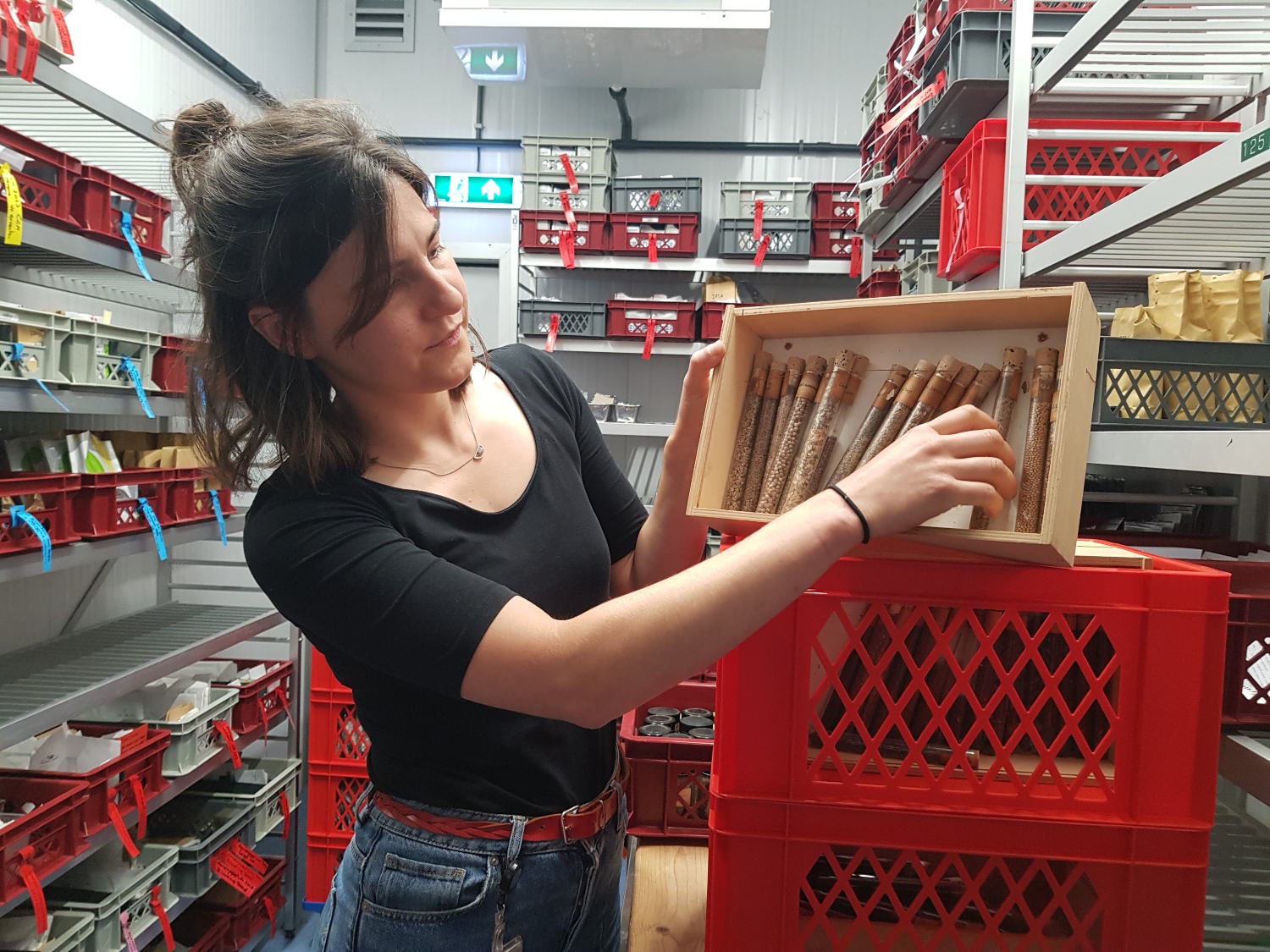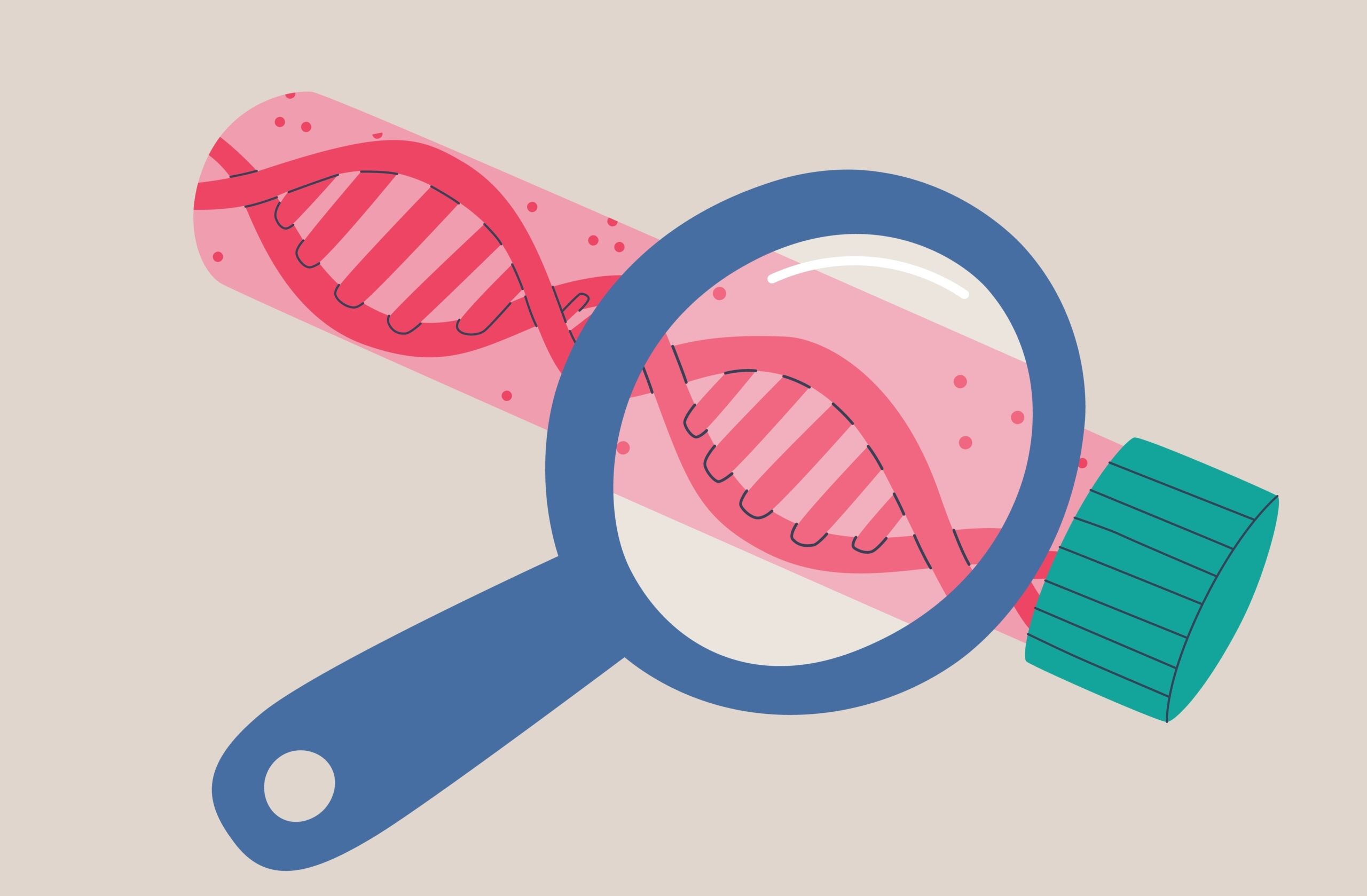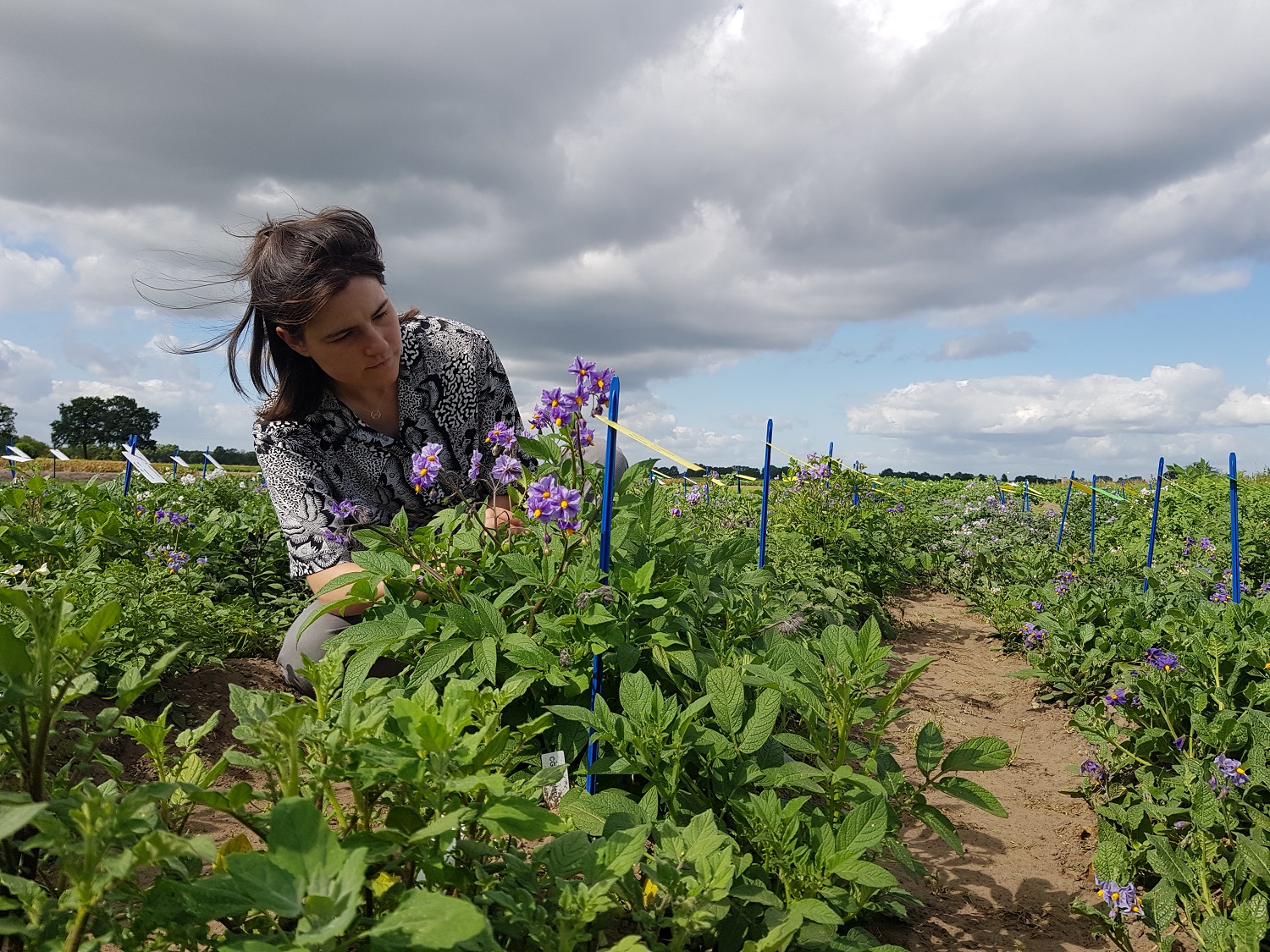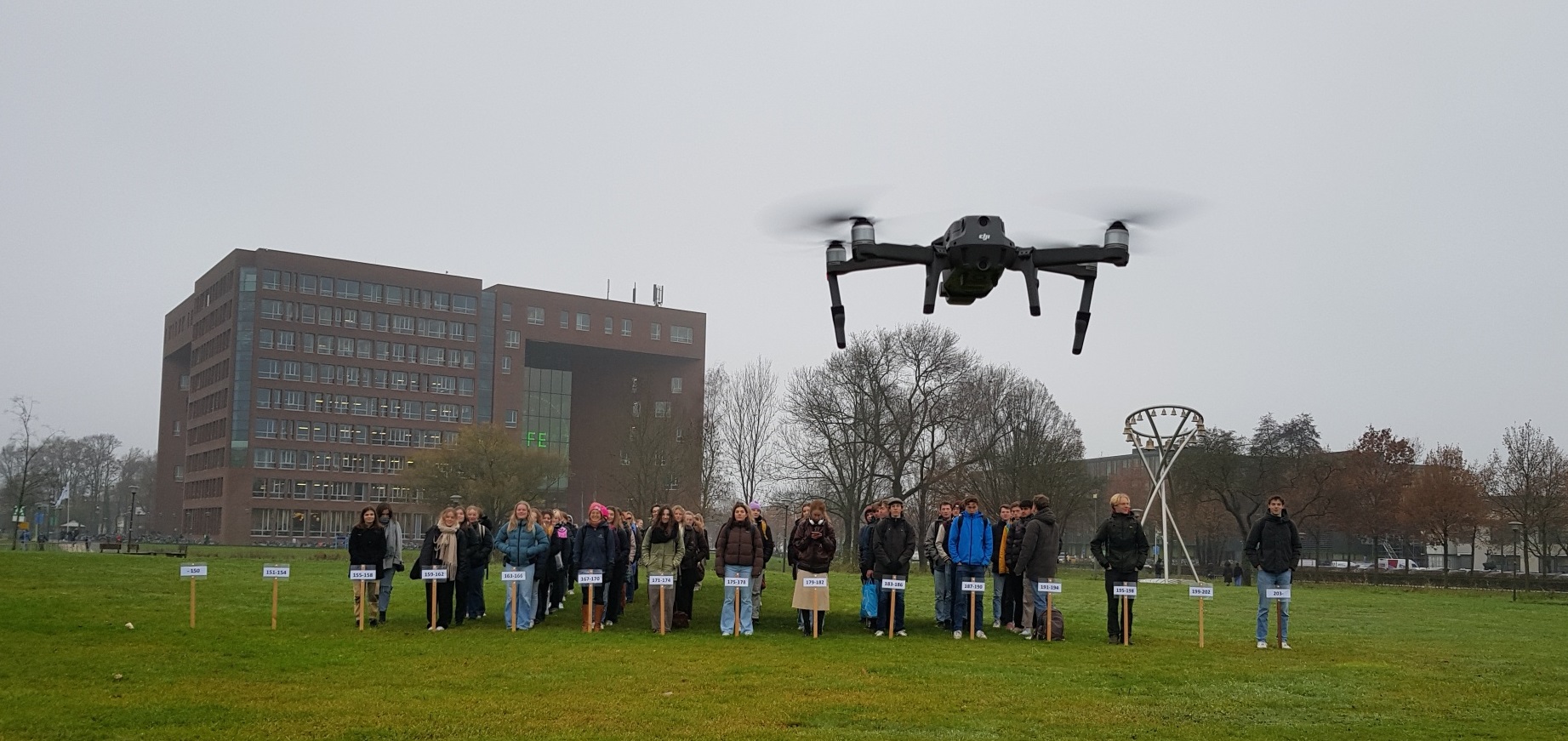In June, the ‘Delft Green Short Stalk’ cauliflower was put on the list of five ‘most wanted’ heritage varieties by the Centre for Genetic Resources, the Netherlands (CGN). In an appeal that made the eight o’clock news, WUR curator Lana de Bruijn asked people to send in seeds of the roughly 50 heritage varieties that are missing from the collection, naming a top five of highly sought-after varieties. The response was tremendous.
‘It’s not that those five are more important than the rest,’ explains de Bruijn. ‘The top five is really about what makes a variety interesting as a heritage variety. It might be the name, or the reference to where the plant was cultivated or bred. Like the “Big Leiden Winter” leek and the “Delft Green Short-stalk” cauliflower, varieties that came from those places and were grown and enjoyed there. The “North Holland Raisin Pea” is still eaten at summer markets with raisins and bacon.’
The CGN uses the term ‘heritage variety’ for old varieties with a story, which are seen as part of Dutch heritage because of their history. The list includes 350 varieties, and there were no seeds available in the collection of 50 of these varieties before the appeal was launched. Three of those 50 are back now. Which is not many, admits De Bruijn. ‘Half of the varieties that were sent in are already in our collection. But people also sent us a lot of seed of old varieties that we hadn’t earmarked as heritage varieties yet.’
Seeds in the attic
‘We had a tremendous response to the appeal,’ says De Bruijn. ‘In the first week, I was working through my inbox every day to go through the responses. Many of them contained tips about historic vegetable gardens I should visit. We are going to act on that. And six people came by with pots full of seeds that they had lying about in the attic or a cellar. Four people sent in seeds by post.’
We’d love to be sent stories about these old varieties
De Bruijn shows me a letter a woman sent her enclosing a couple of bean pods. ‘Her father, who is now 94, grew those beans in his garden until four years ago. Now he’s in a care home and she came across the pods in a drawer somewhere. Unfortunately, the seeds are too old to germinate now.’ One man promised to send her seeds of peppermint he is growing at the moment.
De Bruijn: ‘He had been given the seed by an elderly lady whose father grew the plant commercially about 100 years ago. You really can’t find it anywhere anymore.’
Six wooden crates stand out for their size. They contain a total of 96 identical pots of seed, with yellowing typed labels on them. ‘Really amazing,’ says De Bruijn. ‘The collection comes from the former agricultural college in Utrecht, where the seeds were used for teaching purposes. The man who brought them in had worked at that college for 35 years. He rescued the pots when they were going to be thrown out. They include very old varieties that were still being grown at that time, in the mid-twentieth century.’
Art
Equally impressive are the six boxes of test tubes full of seed that were delivered by botanical artist Trudy Beekman from Warffum. Beekman was born and raised in Wageningen and in the early 1980s she worked at the RIVRO (National Institute for Varieties Research) in its building on the Mansholtlaan near Bennekom. That is probably where the seeds came from: she took them into her care when they were due to be discarded there. ‘They are so beautiful because they have such varied shapes and beautiful colours,’ she says.
Germination tests should show whether the seeds are viable
Beekman exhibited the seeds for a long time in her ‘finds museum’ in Amersfoort. The museum no longer exists and nowadays Beekman live and works in Warffum in Groningen Province. The seeds lay in a chest in her attic there until a couple of weeks ago when Beekman heard the appeal. Beekman: ‘Then I realized that they are not just beautiful, they are also valuable as seeds. I love them, but really they are Wageningen heritage.’ So she brought the seeds back to her birthplace.
And then there is the ‘Delft Green Short-stalk’ cauliflower. ‘Another funny story,’ says De Bruijn. ‘Someone used ChatGPT to track down the “most wanted” seeds. The “Short-stalk” turned out to be available from a German seed producer, going by another name. In Germany, the cauliflower was known as the Erfurt Dwarf. It is a small cauliflower that can be harvested early, which can be of interest for further cross-breeding. Changes of name always make it hard to find a plant.’ So the dwarf cauliflower was not easy to track down, but had not disappeared off the face of the earth.
De Bruijn is very satisfied with the outcome of the appeal. But how useful it will prove remains to be seen. De Bruijn expects that many of the seeds will be dead. ‘They are old and were not stored the right way, chilled and at low oxygen levels. Germination tests should show whether there are still any viable seeds among them.’ De Bruijn also calls for attention to the value of the old varieties in terms of cultural history. ‘We’d also love to be sent stories about these old varieties and recipes using them. That part of our appeal got a bit drowned out, and we haven’t received anything like that yet.’

 Lana de Bruijn with one of the boxes of test tubes full of seeds that were delivered by botanical artist Trudy Beekman. Beekman worked at the RIVRO (the National Institute for Varieties Research) on the Mansholtlaan. Photo Resource.
Lana de Bruijn with one of the boxes of test tubes full of seeds that were delivered by botanical artist Trudy Beekman. Beekman worked at the RIVRO (the National Institute for Varieties Research) on the Mansholtlaan. Photo Resource.


